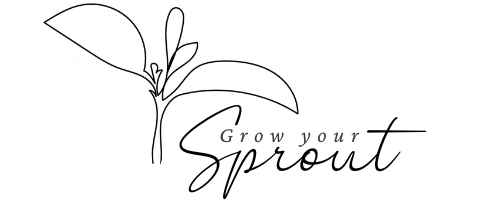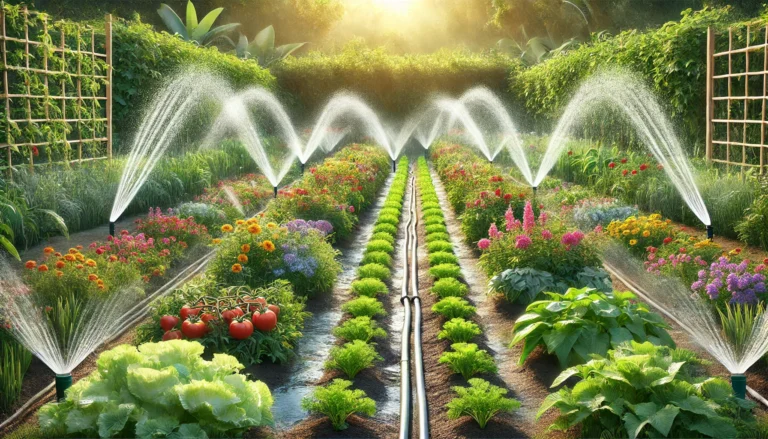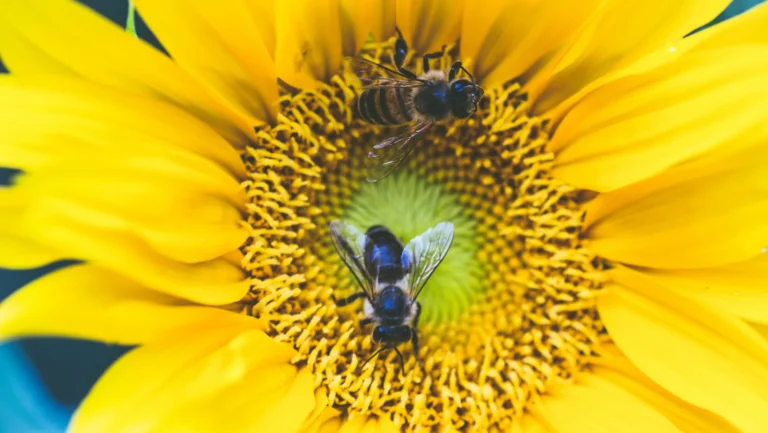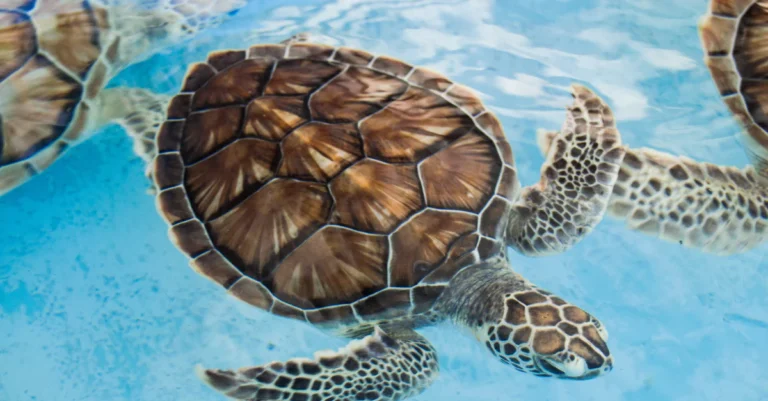Using native plants: Sustainable choice for the modern gardener
Native plants: Eco-friendly choice
Plants that have adapted for centuries to their environment offer numerous advantages to gardeners seeking to reduce their ecological footprint. They require minimal maintenance, attract local wildlife, and enhance biodiversity. Let’s explore how to choose and use these plants to create a thriving and harmonious garden.
Why choose native plants?
- Natural adaptation: Local plants are perfectly suited to the climate and soil conditions of their region, reducing the need for watering, fertilizers, and pesticides.
- Support for biodiversity: These plants attract pollinators, birds, and beneficial insects, fostering a balanced ecosystem.
- Lower environmental impact: Less maintenance means reduced water consumption and minimal use of chemicals.
Native plants to attract local wildlife
1. Plants that attract butterflies
Butterflies are not only beautiful but also vital for pollination. Here are some ideal native plants:
- Common Milkweed (Asclepias syriaca): Essential for monarchs, it provides abundant nectar.
- Purple Coneflower (Echinacea purpurea): A drought-resistant plant that attracts various butterfly species.
- Blue Vervain (Verbena hastata): Its blue and violet flowers draw a variety of pollinators.
Tip: Plant these flowers in a sunny spot with some wind protection.
2. Plants that attract bees
Bees play a crucial role in pollinating many food crops. Encourage them with these plants:
- Red Clover (Trifolium pratense): A great nectar source for honeybees and solitary bees.
- Canada Goldenrod (Solidago canadensis): Resilient and easy to grow, it blooms late, providing essential nectar in autumn.
- Blazing Star (Liatris spicata): Its tall spikes of purple flowers are irresistible to bees.
Advice: Avoid planting these flowers near patios or relaxation areas to prevent disturbing human visitors.
3. Plants that attract hummingbirds
Hummingbirds love nectar-rich flowers, especially brightly colored ones. Consider these options:
- Bee Balm (Monarda didyma): Also known as “Oswego tea,” it produces vibrant red flowers.
- Cardinal Flower (Lobelia cardinalis): Its striking red blooms naturally attract hummingbirds.
- Virgin’s Bower (Clematis virginiana): In addition to its white flowers, it offers shelter for birds.
Tip: Plant these species near water features to maximize their appeal to hummingbirds.
Why are certain plants more attractive than others?
The characteristics of flowers play a key role in their appeal to specific insects or birds:
- Color: Bees favor blue and purple, butterflies are drawn to pink and orange, while hummingbirds prefer red.
- Scent: Fragrant flowers like wild mint attract bees, while butterflies prefer less fragrant but highly visible blooms.
- Flower Shape: Tubular flowers are ideal for the long beaks of hummingbirds, while bees prefer flat, open blooms.
Easy-to-grow native plants for various hardiness zones
- Yarrow (Achillea millefolium): Extremely hardy and drought-tolerant.
- Black-Eyed Susan (Rudbeckia hirta): Perfect for cold climates, with cheerful yellow blooms.
- St. John’s Wort (Hypericum perforatum): A robust ground cover that thrives in almost any soil.
Planning your native plant garden
- Select a sunny or partially shaded location based on the plants’ needs.
- Avoid planting bee-attracting species near play areas or patios.
- Pair complementary plants to improve soil health and create a balanced ecosystem.
Native plants and vegetable gardens
Planting bee-attracting species near a vegetable garden can have unexpected effects on the flavor of some fruits. For instance, if bees transfer pollen from aromatic plants like mint or lavender to tomatoes or grapes, the fruits may develop surprising aromatic notes—a fun experiment for the curious gardener!
The eco-friendly benefits of native plants
Using native plants is an enriching, eco-conscious choice for any gardener. By attracting butterflies, bees, and hummingbirds, you actively contribute to biodiversity while creating a flourishing garden. With thoughtful planning and regionally appropriate selections, these plants will reward you with a garden that is both beautiful and functional, all while respecting the environment.
Ready to turn your garden into a haven for nature? 🌱




Leave a comment